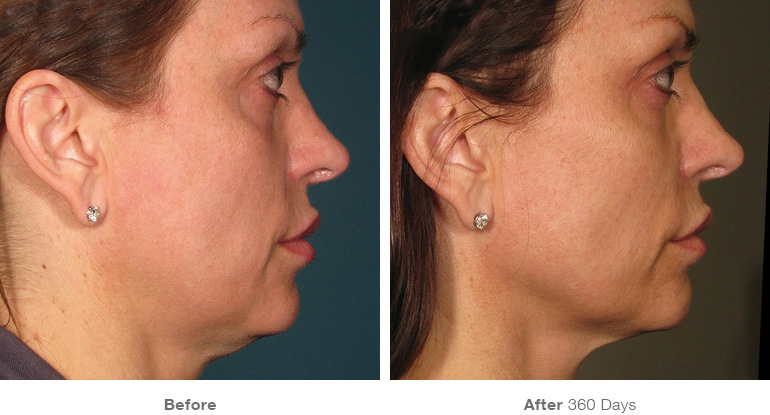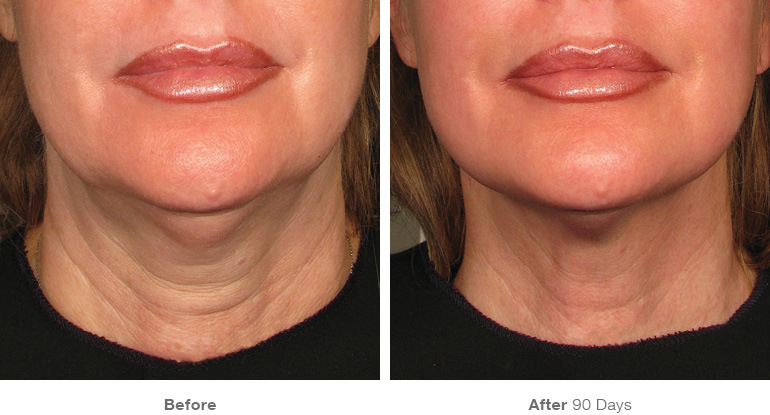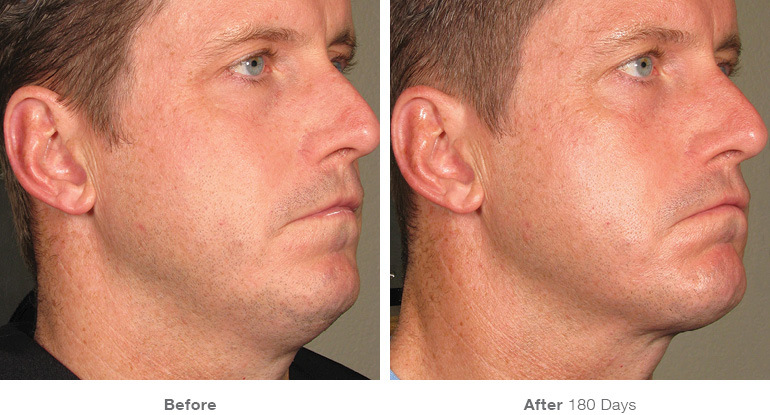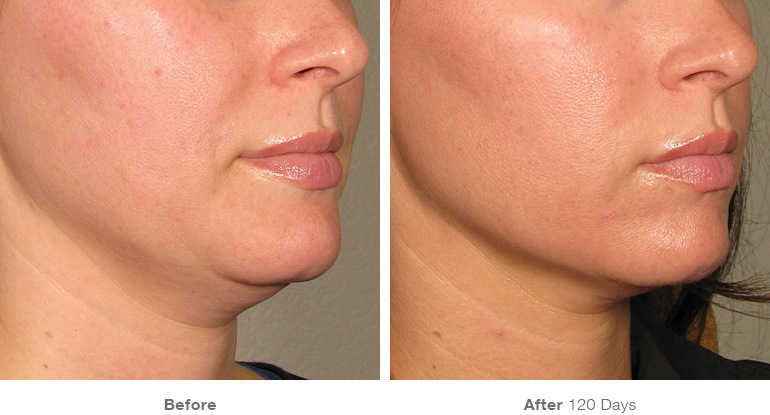
Ultherapy
Ultherapy is the only non-invasive procedure FDA-cleared to lift skin on the neck, under the chin and on the eyebrow.
Ultherapy took the world by storm when they introduced the world’s first microfocused ultrasound to contract deep dermis. Ultherapy uses sound energy – tried-and-true ultrasound – which has unique properties that allow it to bypass the surface of the skin to treat depths not matched by any other non-invasive cosmetic device. Ultherapy ultrasound stimulates collagen production in the skin’s foundation, resulting in a clinically significant lift of tissue over 2-3 months.



What is Ultherapy
FDA-cleared Ultherapy uses time-tested ultrasound energy to lift and tighten the skin naturally—without surgery or downtime.
Before and After




Frequently Asked Questions
Ultherapy is the only non-invasive treatment cleared by the FDA for lifting the skin on the neck, chin, and brow, and improving lines and wrinkles on the décolletage.1 Ultherapy uses microfocused ultrasound to lift and tighten loose skin over time, without any downtime.
Ultherapy is a non-invasive cosmetic procedure that uses focused ultrasound to stimulate the formation of new collagen deep below the skin’s surface.2-4 The production of new collagen takes time, so results can become more apparent over two to three months, even up to six months.3 The procedure takes about 30 to 90 minutes, depending on the area treated, and there is no downtime afterward. It also is the only procedure to use ultrasound imaging, which allows practitioners to actually see the layers of tissue targeted during the treatment and ensure the energy is deposited precisely to where it will be most beneficial.1
Ultherapy treats the deep foundational layer addressed in cosmetic surgery, but won’t duplicate the results of a surgical facelift.4 Ultherapy is a great alternative, however, especially for those not ready for surgery or for patients looking to extend the effects of cosmetic surgery.
Ultherapy uses sound energy — tried-and-true ultrasound — which has unique properties that allow it to bypass the surface of the skin to treat depths not matched by any other non-invasive cosmetic device. Ultherapy ultrasound stimulates collagen production in the skin’s foundation, resulting in a clinically significant lift of tissue over two to three months.5 Some lasers rely on light energy, which cannot reach deeper skin layers.6 Typically, laser treatments also only treat superficial skin and are not FDA-cleared to lift skin.6
Since the procedure stimulates a person’s own collagen production, how long the results last depends on the individual. The treatment produces new collagen on the inside, but the individual’s natural aging process will dictate how long that translates into visible results on the outside. Future touch-up treatments can help provide more control over the aging process, which varies by individual.
As the ultrasound energy is delivered, you may feel tiny amounts of energy being deposited to precise depths, stimulating the collagen-building process. Comfort levels vary from person to person, but the sensation only lasts while the ultrasound energy is being delivered.
There may be slight redness that typically resolves within a few hours following the treatment. Some patients may have slight swelling, tingling or tenderness to the touch, but these are mild and temporary in nature.
With Ultherapy, there is no downtime. After your procedure, you can resume your normal activities immediately, without having to follow any post-treatment measures.
Pricing for an Ultherapy® treatment can vary, depending upon the areas being treated. Of course, the cost of Ultherapy can also vary based on geographic location and by physician practice. Treatment will be customized to meet each patient’s needs, and exact pricing can be discussed during consultation meetings.
The Ulthera® System is currently marketed worldwide in more than 60 countries, and over 1 million treatments have been performed globally.7 In addition, ultrasound energy has a proven track record, with use in the field of medicine for more than 50 years.
The majority of patients only need one treatment; however, some may benefit from more than one treatment, depending on how much skin laxity they have and their body’s own biological response to the ultrasound and the collagen-building process.
Collagen is a natural protein that gives skin its youthfulness by keeping it firm and toned.7 As we age, collagen breaks down, and the result is a loss of skin strength and elasticity.7 Ultherapy uses microfocused ultrasound to generate a thermal effect under the skin.1,2,4,8 The thermal effect essentially jump-starts a process that produces fresh, new collagen.3,8
A good candidate for Ultherapy is someone with some degree of laxity, to the point of looking, and often feeling, less firm. Loose skin under the neck and under the chin, or lines and wrinkles on the chest, are signals a patient might be a candidate. Typically, those in their 30s and older who have mild to moderate skin laxity are candidates.8 While Ultherapy is not a replacement for a surgical facelift, there are many people who want some facial lifting but are not ready for surgery, whether mentally, physically or financially. There also are younger people who want to “stay ahead of the game,” as well as patients wanting an aesthetic maintenance option.
REFERENCES: 1. Ulthera Instructions For Use. 2. White WM, Makin IRS, Barthe PG, et al. Selective creation of thermal injury zones in the superficial musculoaponeurotic system using intense ultrasound therapy. Arch Facial Plast Surg. 2007;9(1):22-29. 3. Data on File, ULT-132. 4. Laubach HJ, Makin IR, Barthe PG, et al. Intense focused ultrasound: evaluation of a new treatment modality for precise microcoagulation within the skin. Dermatol Surg. 2008;34(5):727-734. 5. Data on File, ULT-300. 6. Dobke MK, Hitchcock T, Misell L, Sasaki OH. Tissue Restructuring by Energy-Based Surgical Tools, Clin Plastic Surg. 2012:39:399-408. 7. Rittie L, Fisher GJ. Natural and sun-induced aging of human skin. Cold Spring Harb Perspect Med. 2015;5(1):a015370. 8. MacGregor JL, Tanzi EL. Microfocused ultrasound for skin tightening. Semin Cutan Med Surg. 2013;32:18-25.


